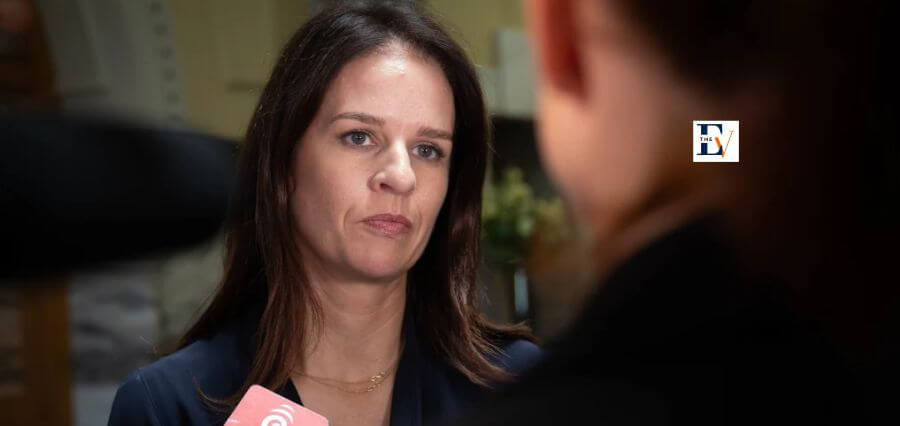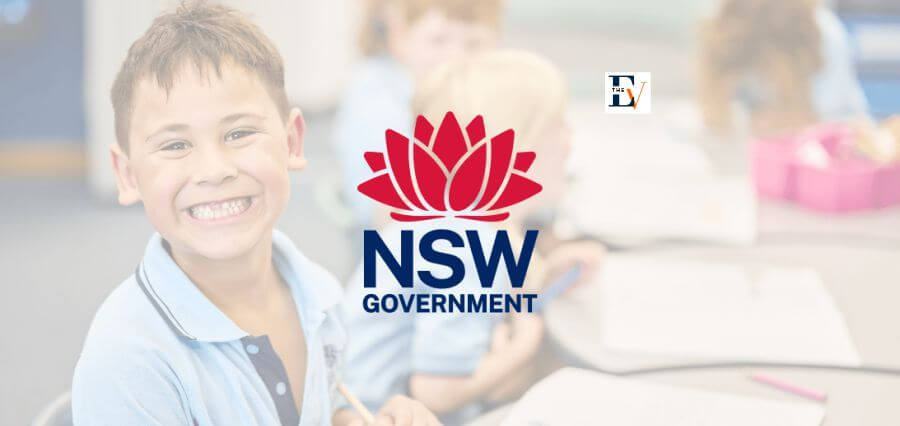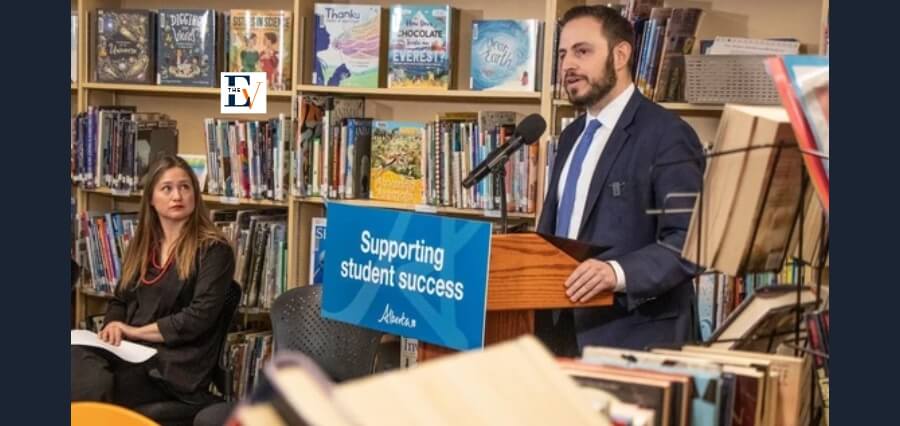Today, the government introduced new education priorities aimed at placing “ambition, achievement, and outcomes” at the core of the education system, according to the education minister, Erica Stanford. Stanford unveiled these six priorities earlier in the day, emphasizing a vision where every child is motivated and actively involved in their learning journey, enabling them to reach their full potential and acquire skills and qualifications essential for further education and employment.
The newly announced education priorities include:
– Establishing a clearer curriculum: Creating a curriculum rich in knowledge and informed by the science of learning.
– Enhancing literacy and numeracy: Implementing evidence-based teaching methods for early literacy and mathematics.
– Streamlining assessment and reporting: Introducing standardized methods to monitor student progress and accomplishments.
– Enhancing teacher training: Fostering the development of a future-ready workforce, including pathways for leadership development.
– Strengthening learning support: Providing targeted interventions to support students with additional learning needs effectively.
– Maximizing data utilization: Utilizing data and evidence to facilitate consistent improvements in academic achievement.
Stanford announced that the inaugural work program aimed at accomplishing these objectives would be revealed later this week. She highlighted the initial emphasis on “enhancing achievement, attendance, engagement,” underscoring the broader aspiration for an education system where all students receive quality learning experiences.
Additionally, the government has set a target to ensure that 80 percent of Year 8 students achieve or surpass the expected curriculum level for their age in reading, writing, and mathematics by the end of 2030. Stanford also expressed her intention to collaborate with Māori education organizations to devise a Māori education work plan.
Nevertheless, the Post Primary Teachers Association cautioned that these priorities would lack substance if schools faced shortages in teaching staff. A survey conducted earlier this year revealed that 56 percent of schools employed teachers in subject areas where they lacked formal qualifications.
The union noted that this was the highest recorded figure in its regular survey. Secondary school principals had consistently cautioned about the challenge of securing a sufficient number of high-quality teachers to fill classroom positions, emphasizing that resolving this shortage should be the government’s foremost concern, the union asserted.
Read More: https://theeducationview.com/






